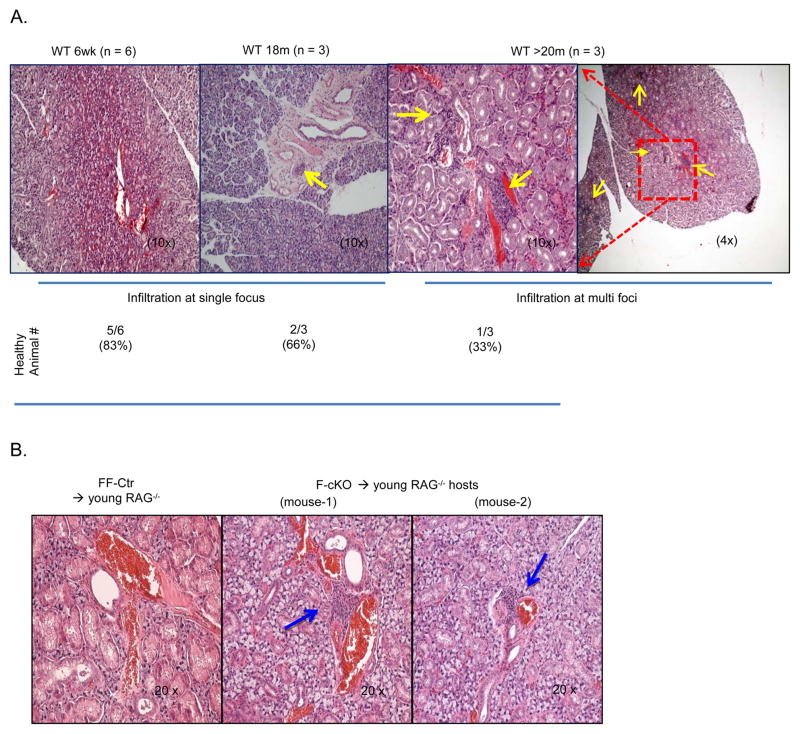Figure 7. Young microenvironment does not reverse age-induced inflammatory infiltration.
(A) Representative images of H&E stained salivary tissue slides from young RAG−/− mice, which were transplanted with splenocytes from donor young (6-week-old) and aged (18- or 20-month-old) C57Bl/6 WT mice for 8 weeks. Healthy refers to the absence of inflammatory infiltration. Single focus refers to one inflammatory infiltrating cluster being found in one tissue slide; Multi foci indicates that there were more than one inflammatory infiltrating cluster found in one tissue slide. Yellow arrows point out infiltrating clusters. n = animal numbers at the indicated age. (B) Representative images of H&E stained salivary tissue slides from young RAG−/− mice, which were transplanted with splenocytes from F-cKO (middle and right panels) and FF-Ctr control (left panel) mice for 8 weeks. Yellow arrows point out inflammatory infiltrating clusters. There were at least 5 animals in each group producing consistent results and data are representative of at least three independent experiments.

